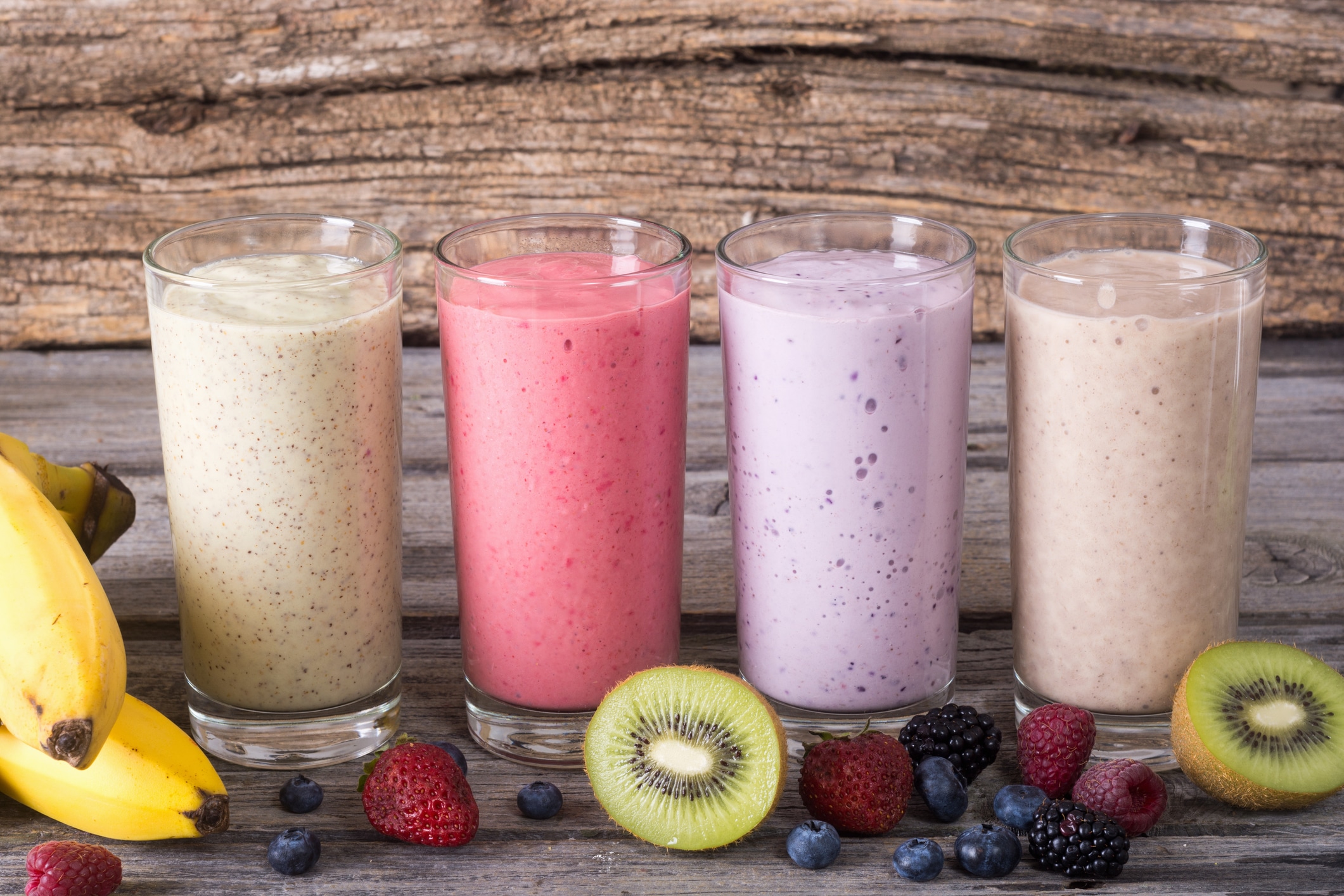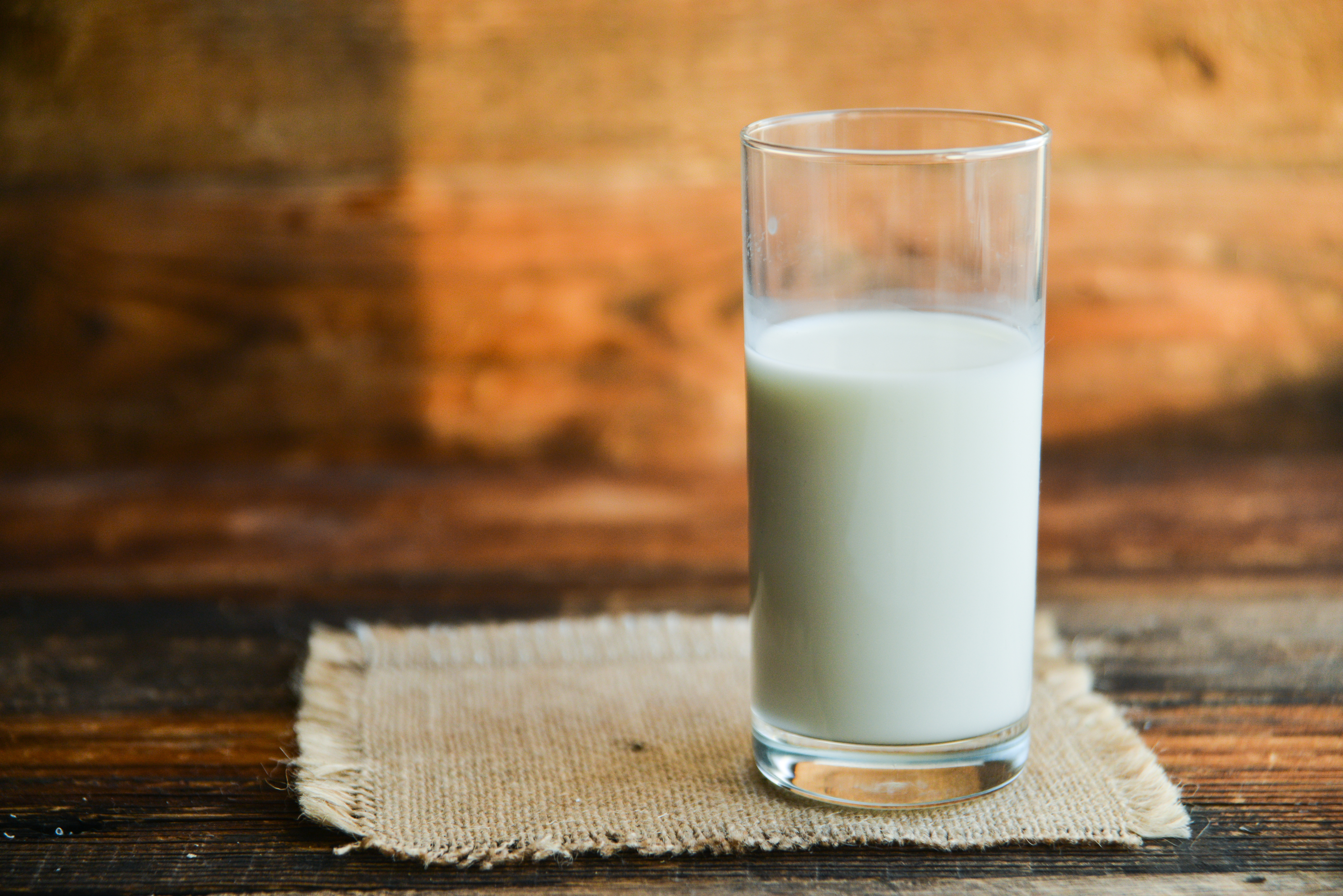Dairy foods, like milk, cheese and yogurt, are packed with essential nutrients that are beneficial for student athletes’ performance on and off the field. While lactose intolerant student athletes may be hesitant to incorporate dairy into their sports nutrition plan, it’s important to note that dairy avoidance may not be necessary. The degree of lactose intolerance varies from person to person. The key is finding the right amount that works for you – and the products that you can still enjoy!
What Is Lactose Intolerance?
Lactose intolerance is a sensitivity to lactose, which is the natural sugar found in milk and other dairy foods. It can occur when a person does not produce enough lactase, the enzyme that helps break down lactose in foods. It can also occur in individuals who are unable to absorb lactase properly. Individuals with lactose intolerance may experience gastrointestinal symptoms such as, bloating, abdominal pain, diarrhea or gas after consuming dairy products.
Prevalence and Risk Factors of Developing Lactose Intolerance
Research suggests that about 65 percent of humans have a reduced ability to digest lactose after infancy. Many infants and children, however, outgrow their lactose sensitivity. The prevalence of lactose intolerance is greater in African American, Asian America, Latino, and American Indian ethnicities and least common in people who are of European descent. Those who suffer from other gastrointestinal diseases, such as Crohn’s or Celiac disease, may also be at higher risk. Student athletes come from all different ethnic backgrounds and even though some may fall into those higher risk categories, it doesn’t automatically mean they should self-diagnose. Even if the athlete is lactose intolerant, it’s not necessary to completely eliminate dairy from their diet.
Why Should I Still Consume Dairy Products?
There are many health benefits for student athletes when it comes to consuming dairy products. The biggest benefit is the 13 essential nutrients that dairy provides to our bodies. One cup of cow’s milk contains ~8 grams of high-quality protein and is a rich source of vitamin D, a nutrient essential for bone health. These nutrients play a role in overall health and sports performance. Here you can read more about how the nutrients in milk support student athletes.
Including dairy products, like yogurt and cheese, in your diet makes it easier to reach the recommended daily intake of calcium, phosphorus, potassium and other key nutrients. That’s why – before assuming you have lactose intolerance and eliminating dairy – it’s important to make sure lactose is truly what is causing your symptoms by consulting with a health professional.
Effectively Managing Lactose Intolerance with Dairy
Student athletes who are lactose intolerant may be able to tolerate certain dairy foods better than others. That’s because the amount of lactose varies in all foods and beverages. The following chart shows dairy products that have little to no lactose.
Lactose Amounts in Common Dairy Products
| Food | Serving | Amount of Lactose |
| Lactose-Free Milk | 1 Cup | 0 g |
| Cream Cheese | 1 Tbsp | <1 g |
| Cottage Cheese | ¾ Cup | 5-8 g |
| Ricotta Cheese | ½ Cup | 3 g |
| Cheddar Cheese | 1-2 oz | 0-2 g |
| Swiss Cheese | 1-2 oz | 0-2 g |
| Parmesan Cheese | 1 ½ oz | 0-2 g |
| Mozzarella Cheese | 1-2 oz | 0-2 g |
| American Cheese | 1-2 oz | 0-2 g |
| Yogurt, Plain | ½ Cup | 5-8 g |
| Greek Yogurt | 6 oz | 4 g |
| Lactose-Free Yogurt/Greek Yogurt | 1 Cup | 0 g |
This infographic showcases just a few examples of dairy items that lactose intolerant student athletes may be able to consume. Many natural cheeses such as cheddar, Swiss, mozzarella, Provolone, and Parmesan have little to no lactose. This means athletes can enjoy a hearty sandwich with cheese or even spaghetti and meatballs with Parmesan sprinkled on top without worrying about consuming too much lactose. Yogurt is also a great addition to the diet. A great benefit of yogurt is that it contains live and active cultures called probiotics that help digest lactose, enhance the immune system, and support a healthy gut. Breakfast, lunch, dinner, snacks and a recovery smoothie can all contain dairy ingredients that help build an optimal performance diet for student athletes.
When adding dairy to your diet, start slow. Add a small amount of only one dairy product at a time to see how you tolerate that food before moving onto others. If you find that you don’t tolerate any lactose, you can still enjoy dairy. There are a variety of lactose-free dairy products available in your local supermarket. They contain the same health benefits as regular cow’s milk, but the lactose has been removed.
Remember, lactose intolerance is very individualized, and it doesn’t mean that you can no longer consume dairy; it just takes some time to figure out which foods you can tolerate, and what amount of lactose works best for your body. As always, everyone should make sure to consult with a health professional before eliminating any food categories from their diet.





